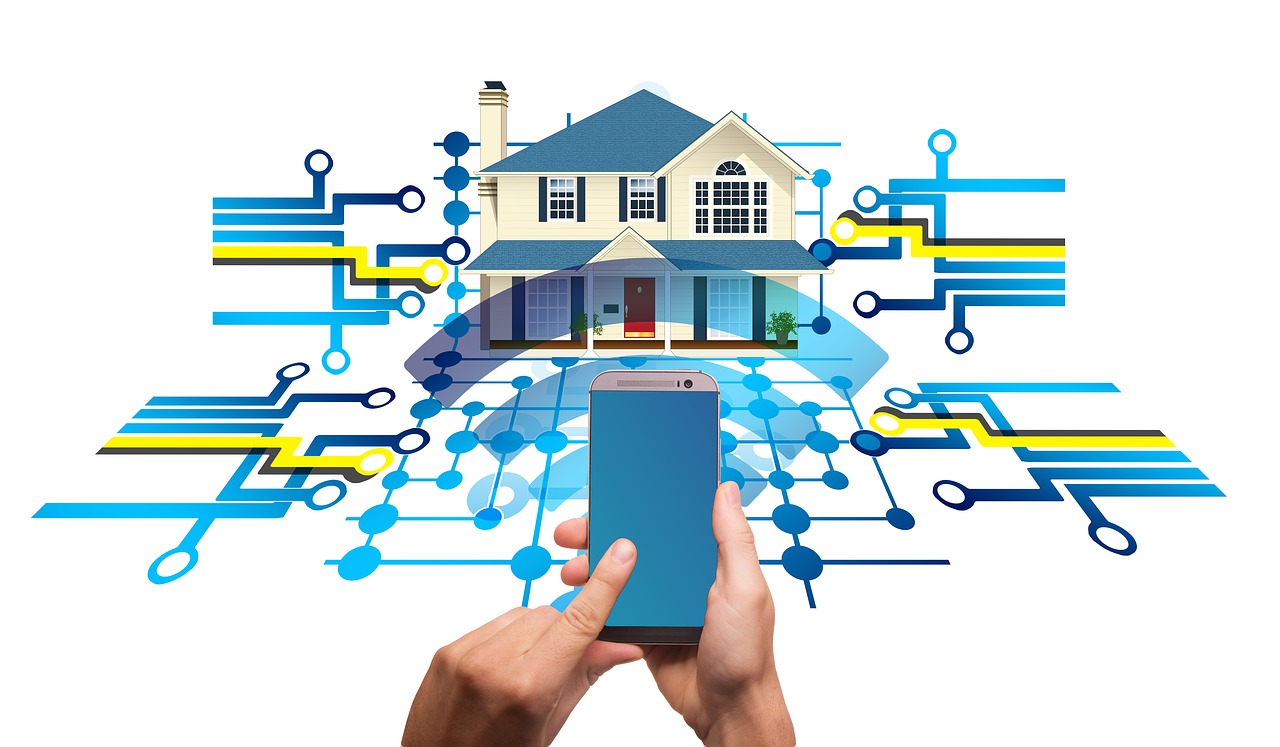American homes are becoming less safe. A review of burglary statistics in one News Week report shows how most states are seeing an increase in the number of burglaries, with Washington state seeing a huge 6% increase. Other states fare just as poorly; there is, quite simply, a problem with house security across the country. This is, however, a problem with a clear solution. With the advent of the smart home has come the opportunity for integrated technology, with which homes can enhance their security. There are clear benefits to this; and not just for security, but for the pocket.
Are they effective?
There are fewer better ways to assess the value of a technology than in how it operates with regards to risk. A technology without a reckonable impact on the household will not have an impact on elements such as house price and home insurance premiums. When it comes to that, smart technology has clear benefits. As The Independent notes, smart home devices have been found to give appreciable savings on home insurance.
This is a measure of the integrated worth of the devices. When smart homes are integrated during the construction phase of the building, it creates a natural level of security inherent to the building that smart devices can then tap into. This demonstrates effectiveness by virtue of commanding the respect of the wider market.
Building to threshold
As new smart devices come in, so does new regulation. This has been an area of intense activity of late, and, now, the Biden Administration is introducing a new trust mark that would mean certain thresholds must be met in software and hardware. This is another standard for developers to meet. Whether in the construction phase of building or when integrating security appliances into the house, it is essential that the fittings meet these digital standards. If they do not, there is a significant risk that the technology involved will not meet service standards. That is crucial, given the ever present risk of digital infiltration on devices designed for security.
Making the most
While smart homes are absolutely at the forefront of security, these same solutions can lead to problems. According to CNN, one popular brand of home security tool was subject to a hack, last year. As a result, 13,000 accounts were compromised. There are multiple ways that hackers look to exploit digital devices, including ‘day zero’ exploits, and so the onus on homeowners and home builders is to ensure that devices can be consistently updated. As a result, it is important when hardwiring smart tools into the home that the interface can be consistently accessed, to ensure that updates are provided in a timely manner.
Building security into the very frames of smart homes is a great way to protect their value and lower premiums for homeowners. However, technology is not static, and neither are the protections required to make smart homes secure. Developers and homeowners need to be aware in order to reap the benefits.

